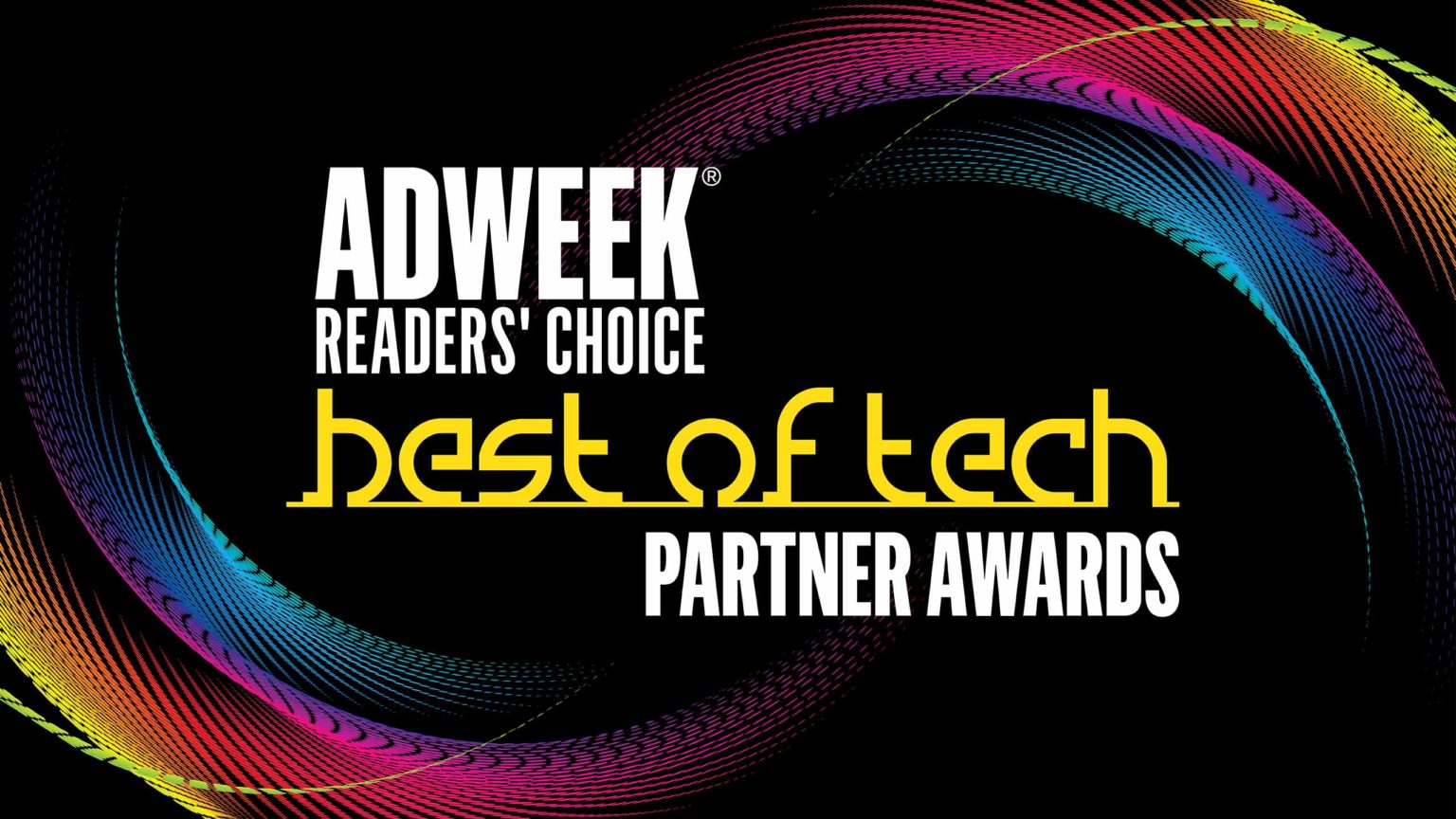One of the more fascinating aspects of a great PR program is the visibility it generates beyond earned media. People usually think of media pitching and press releases when they think about public relations. But sharing thoughts and insights from company executives in a public setting is a great complement to media exposure – and one often leads to the other.
Our team accomplishes this targeted exposure through executive content and the all-important conference speaking opportunities. Having a company leader or subject-matter expert speak on a stage is a strong way to drive visibility; there’s really nothing like it, and once started, the speaking gigs generate their own momentum. Keynote and panel opportunities nearly always set speakers up for more opportunities in the future.
In narrow tech verticals like ad tech, conference exposure is particularly important for business leaders. Here are some of the top conferences in the adtech space that can bring exposure to senior executives and help drive their brand visibility.
AdExchanger Industry Preview
With so many thought leadership pieces written about what’s in store for any given industry at the start of the year, it makes sense that there’s a conference dedicated to what’s coming in ad tech. It’s where top execs and journalists come together to preview what the year may hold for the category. Between cookies going away; the sector’s identity crisis; new privacy regulations; the rise of connected TV (CTV) and more, there’s plenty to discuss and lots of predictions to be made. Previous speakers have included executives from Integral Ad Science and DoubleVerify, so it’s tailor-made for people in the ad tech space. Put this one on your calendar for 2023!
AdExchanger Programmatic I/O
AdExchanger runs multiple conferences throughout the year that are geared directly at ad tech executive, and this one is focused solely on the programmatic side of ad tech. As with its Industry Preview, Programmatic I/O brings together people across the industry for updates on pressing issues such as the upcoming “cookiepocalypse,” privacy, CTV trends, and more. This year’s agenda includes speakers from Procter & Gamble, Paramount, Disney, TikTok, and many more power brands that are major players in the space and command our attention.
Digiday Programmatic Marketing Summit
In a similar vein, Digiday hosts a conference focusing on programmatic advertising. This year it will home in on – what else? – the demise of the third-party cookie and the intriguing proposals that have been floated to replace its function. Companies like Bayer, HP, J.P. Morgan and more will be on hand to share valuable insights as to what’s coming next in the space, and what brands should focus on to keep their edge.
IAB NewFronts/PlayFronts
The Interactive Advertising Bureau’s NewFronts is the “world’s largest digital content marketplace that gives media buyers a first look at the latest digital content from the biggest names in media and entertainment.” Just wrapping up last Thursday, the conference is a must-see. This year’s theme was “Stream On,” all about how consumers use the many different streaming services available, how companies can take advantage, and what they have in store for the future. Representatives from Google, NBCUniversal, Meta, MGM, Comcast and more were on hand to tackle pressing issues facing the industry right now. It can be up-to-the-minute, with discussions of Netflix’s introduction of ads in its content, Elon Musk’s purchase of Twitter, brand safety, the state of CTV, and more.
Similarly, IAB also hosted its first-ever PlayFronts, which is dedicated to the rising trend of in-game advertising. As in-game marketing becomes more mainstream, it’s important for brands to know the ins and outs and how to have an optimal strategy.
Advertising Week
As everyone in ad tech or any kind of advertising knows, Advertising Week hosts multiple major events across the globe, in New York, Europe, Asia, APAC, and Latin America. Each event features six stages, 300+ speakers and 100+ sessions, guaranteeing that any attendee will soak up plenty of information about news, trends and best practices. Almost all the major tech companies (Google, Facebook and Amazon) have attended, and previous speakers have included Al Gore, Ariana Huffington, Sheryl Sandberg, Venus Williams, Emma Stone. There will no doubt be plenty of big names there, both in and out of the advertising world.
ANA Brand Masters
Presented by Twitter, the Association of National Advertisers’ annual conference focuses on topics such as brand management, purpose, brand activation and more. Speakers have included executives from Integral Ad Science, Walmart, Target, Intel, Aneheuser-Busch, and Ford.
TECHSPO
Almost anyone who operates in the broader technology industry will flock to the many different TECHSPO events hosted around the world each year. It brings together developers, brands, marketers, technology providers, designers, innovators and more, looking to set the pace in the advanced world of technology, which of course includes ad tech. Plus, TECHSPO conveniently provides a list of the top 10 reasons to attend one of their events. Check it out!
Cannes
While not specifically an ad tech conference, the famed Cannes Lions Festival is still the biggest gathering of the creative community in the world, and probably the most influential. Its cachet is such that most major ad tech brands want to be represented, if only to rub shoulders with top-level creatives, tech entrepreneurs, innovators, and celebrities. The famed Festival highlights outstanding content across all platforms and especially after two years of lockdown, it’s a place to see and be seen. Despite some belt-tightening in Silicon Valley, there will be plenty of Instagram posts of ad tech leaders sipping rosé on party yachts – clearly working hard.
CES
As one of the largest tech events in the world, CES has long been a must-attend for anyone in consumer or business technology. In recent years, that has included ad tech. Hundreds of companies attend and present their new products, most of which aren’t yet available except in preview form. It’s definitely a longshot for ad tech companies, but if one wants to know about the newest developments in tech and what will drive fourth-quarter trends, look no further.
DMEXCO
On the other side of the pond, DMEXCO is Europe’s premier digital marketing and tech event. Even as the pandemic forced it to go virtual the past two years, last year’s event had over 20,000 attendees and 240 partners. There are plenty of ways to speak at the conference now that it will presumably be in-person this year. From main stages for the keynote speakers, smaller “topic stages” for industry experts, or corporate masterclass learning sessions, DMEXCO offers a multitude of thought leadership opportunities.
These are just some of many different industry conferences that PR agencies can recommend for internal or external clients. Many conferences are hybrid or completely virtual, so it’s easier than in the past to participate without having to travel. And participants can learn valuable lessons and information that can transform their business and possibly the industry.









